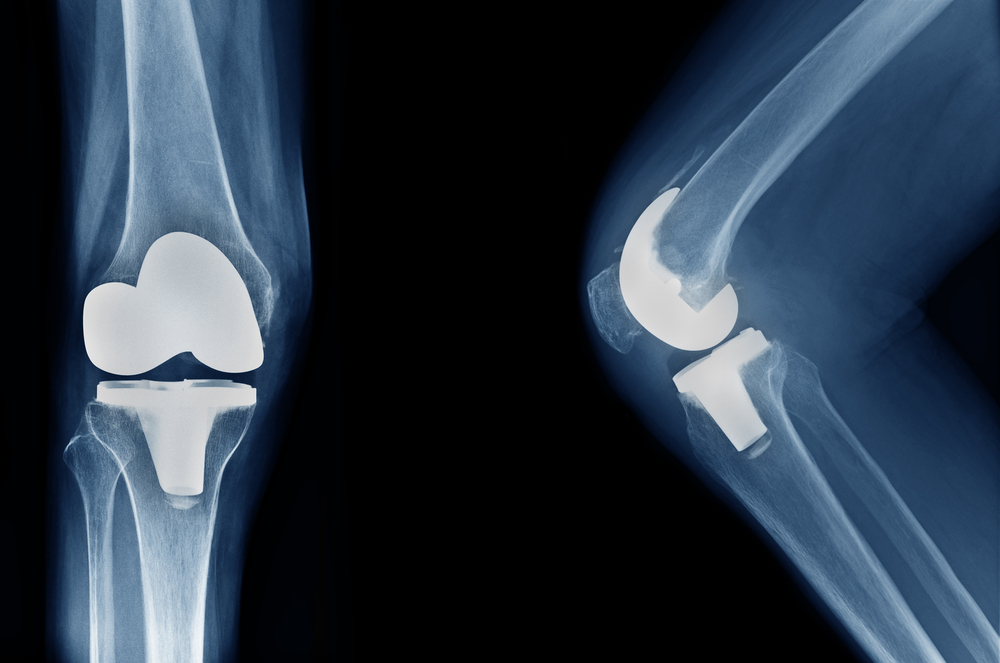A robotic knee replacement is a surgery to replace a worn-out or damaged knee joint with a prosthetic one. The prosthetic knee is made of metal and plastic and is operated by small motors. A robotic knee replacement is usually recommended for people with severe arthritis or other conditions limiting their mobility. Robotic knee replacement surgery is a complex procedure, and it’s recommended that you see multiple specialists before having the procedure.
Robotic surgery: how does it work?
- An implant is placed after the surgeon shapes the surrounding bone using handheld robotics.
- Each area of the knee is properly navigated to ensure that even the most remote part of the knee can be seen.
- This procedure involves the creation of a 3D model of the knee of the patient.
- Using this tool, the right angles and incisions can be accurately mapped out.
- The knee replacement surgery depends on its anatomy. Additionally, the entire bone is not removed, only the damaged portions.
The benefits of a robotic knee replacement
In recent years, robotic technology has been incorporated more and more in surgeries. Robotic surgery offers many benefits to both the surgeon and the patient. For example, with a robotic knee replacement, the surgeon can have greater precision and control over the surgery. This results in more accurate implant placement and a reduced risk of complications.
Words cannot convey the benefits of robotic surgery, as it is a technology that involves many sophisticated components and has played a pivotal role in medical history. However, here are some benefits associated with robotic knee replacement surgery:
Greater precision
It is possible to perform complex surgeries with high precision and accuracy using robotic-assisted technology. In addition, each patient’s preoperative plan is based on their unique anatomy, allowing the procedure to be tailored to their specific needs. As a result, the bones are aligned better, and the soft tissues are balanced more effectively.
Minimal trauma
Robotic knee replacement surgery is less invasive than traditional surgery, making it a more desirable option. Because the robotic system requires smaller incisions, there are fewer traumas to the surrounding tissue, blood vessels, neural tissue, tendons, and connective tissues. In addition, this type of surgery is typically completed in a shorter time.
Exposure control
CT scans are not required before robotic knee surgery. The exposure generated by one CT scan is equivalent to that caused by 48 chest X-rays. A computer program collects anatomical and alignment information about your knee without a CT scan.
This prevents a patient from being exposed to harmful radiations that would otherwise be equally harmful to him in other ways. As a result of this feature, this surgery differs greatly from those of its competitors.
Control of speed
Robotic knee replacements have the advantage of allowing for speed control, which is one of their most significant advantages. According to the proximity of the exposed burr to the target cut surface, the burr speed is adjusted. Each patient’s bearing capacity is taken into account when determining the speed.
Faster recovery
Patients who have undergone robotic knee replacement often report feeling better within days of the procedure rather than weeks or months, like with traditional surgery. Additionally, robotic-assisted surgery results in less pain and scarring. This surgery is often more accurate than traditional methods, leading to fewer complications and a quicker return to normal activities.
Instrumentation of advanced levels
A variety of advanced instruments are used during surgery. A surgeon’s defined plan is enforced through this technique. The surgeon’s plan and the instruments work in harmony. It is important to remember that the surgery’s success may not entirely depend on the instruments used. However, they play an essential role in ensuring a successful surgical outcome.
Handpiece with robotic assistance
A smaller incision is possible through the use of the handpiece. The surgeon uses a robotic handpiece to make precise incisions and implants while reaching even the most remote tissues or parts of the knee. This is the key to this surgery’s success.
Conclusion
Robotic knee replacement surgery is a safe and effective alternative to traditional knee replacement surgery. It can help you get back on your feet quickly and with less pain and swelling. If you are considering robotic knee replacement surgery, be sure to talk to your doctor about whether it is the right option.


